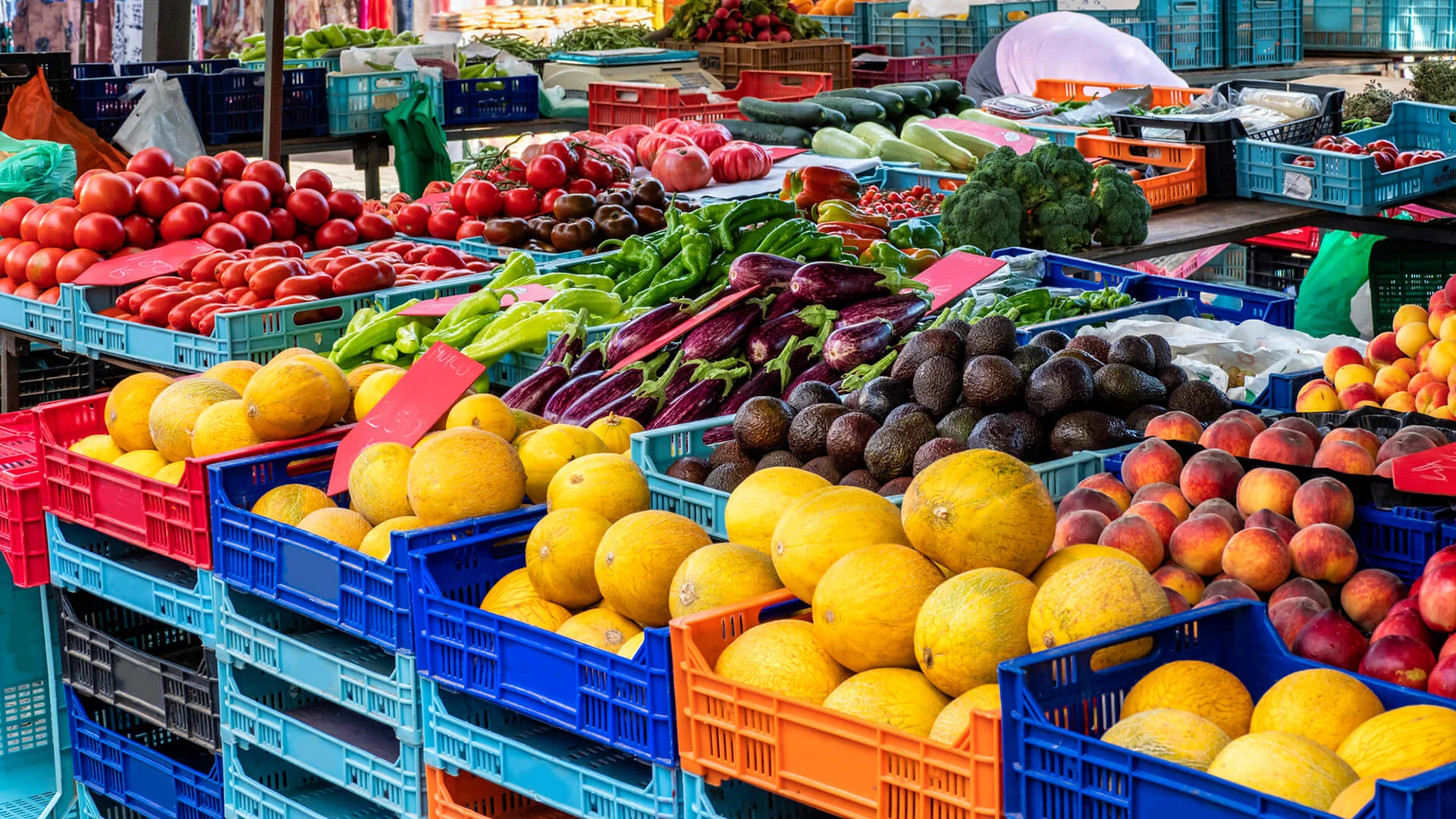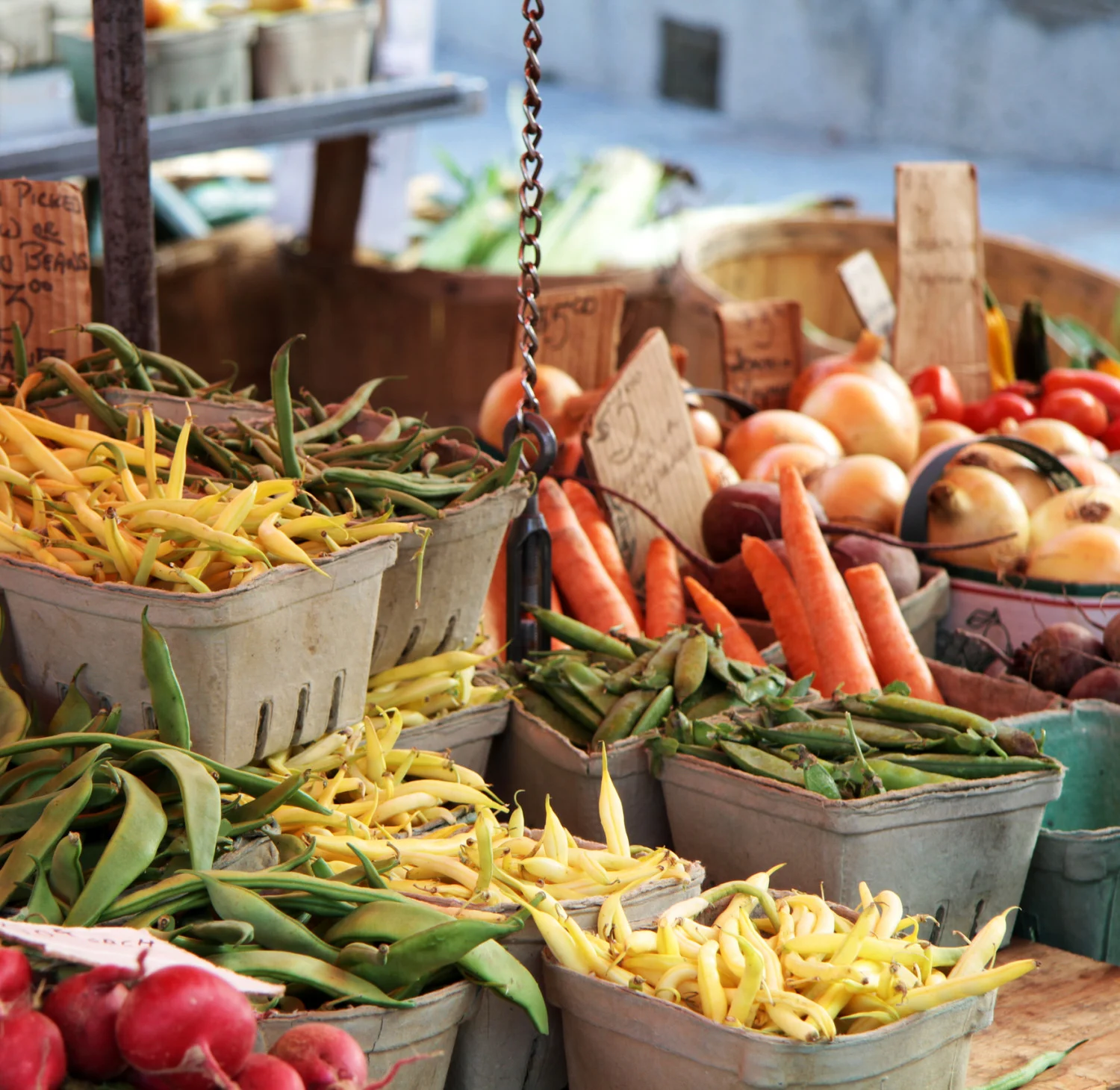
Healthy foods are best for the environment, new research finds
Analysis of thousands of food items found that nutritious products tend to be better for limiting the impact on the climate.
An enormous study of products on grocery store shelves has determined that more nutritious foods are better for the planet.
The research considered more than 57,000 products found in groceries in the U.K. and Ireland, and is the first of its size to evaluate the environmental impacts of products with multiple ingredients.
Researchers used ingredient lists and an algorithm to infer the amount of ingredients used in each product. The environmental impact of each product was then determined using key indicators like land use, water stress, and greenhouse gasses (GHGs).
Products were given an environmental impact score out of 100, with higher scores having greater impacts.
“What we did was develop a standardized, robust, and transparent method to estimate the environmental impacts of food products that you might purchase at the local shop,” Dr. Michael Clark, a co-author of the study, told The Weather Network.
“You can say, ‘I’m interested in eating lasagna.’ So here’s information on lasagna’s environmental impacts and maybe you can make more sustainable decisions,” added Clark, a researcher at Oxford University.
During a visit to the grocery store most people may not realize the extent of the impact the global food system has on the planet — and on climate change in particular. But that impact is huge.

Farmers market in Kingston, Ontario, Canada. (Eric Ferguson/ E+/ Getty Images)
On top of unmatched demands on global land use and extreme stresses on water resources, the food system is also responsible for more than a third of human-caused greenhouse gas emissions.
Together the elements of food production — land management, livestock rearing, energy for processing and packaging, and transportation to get products on grocery store shelves — account for some 17 billion metric tons in GHG emissions annually.
That works out to about two tons of carbon dioxide per person every year — though consumers in the developed world would have a far higher impact than those in the developing world.
“Right now at a global scale food systems — that’s what we eat, how it’s produced, and everything in between — emit between 30-35 per cent of greenhouse gas emissions. It’s really an outsized contributor to the climate crisis that we’re facing,” Clark explained.
“Roughly 40 per cent of Earth’s land surface is being occupied by food and food systems, roughly 70-90 per cent of freshwater is being used in agriculture, and food and agriculture is also the leading cause of biodiversity loss,” he added.
The U.K. study mirrored findings from previous research, determining that grocery store items with lowest environmental impact were cereals, breads, vegetables, and fresh fruits, while those with the highest impact were beef and lamb followed by other meat and dairy-based products.
Watch below: Regions famous for coffee, avocados may lose crops as the world warms
Previous studies have shown that animal-based food items account for nearly two thirds of GHG emissions (57 per cent), with plant-based food items accounting for less than one third (29 per cent).
The U.K. research applied the NutriScore nutritional rating system to the food items analyzed and determined that “more nutritious products are often more environmentally sustainable.”
But there were some exceptions.
Some guilty pleasures like soda pop were found to have comparably low environmental impacts, while health foods from the category “Dried fruit, nuts, nutrient powders, and seeds” had impacts in line with some dairy and worse than seafood.
Understanding and managing the environmental impacts of agriculture may be necessary to avoid a terrible cycle, wherein climate change and other forms of degradation threaten food systems across the globe.
Already, we have seen sudden impacts, like the spring heatwave in India which reduced the mango harvest by 70 per cent or the 10 per cent hit to rice production in Pakistan amid the recent flooding.
We will see gradual impacts as well, with some analyst predicting, for example, that “Rising temperatures will reduce the area suitable for growing coffee by up to 50 per cent by 2050.”
The IPCC has determined that millions of people, mostly in the Global South, are experiencing “climate-related food insecurity.”
“Climate change is likely to be deeply destructive to agriculture,” Sarah Wakefield, a professor at the University of Toronto’s School of the Environment, told TWN.
“Agriculture has always been vulnerable to weather, but as that weather becomes more extreme and unpredictable, getting from planting all the way through to harvest is becoming even more difficult,” Wakefield added.
The mission to save the food system from itself has resulted in single product food science ventures, like the current wave of alternative meats, and in plans that encompass the entire global mechanism, like the World Resources Report, which offers a “menu” of options.
Watch below: Ian Somerhalder discusses his new documentary "Kiss the Ground"
There have also been recent agricultural innovations like “climate-smart agriculture,” to reduce GHG emissions while increasing yields, through better management. Others have long been calling for a return to more traditional farming methods.
“Some authors have suggested that changing farming practices, for example by increasing the use of trees in mixed production landscapes, could greatly increase carbon sequestration and mitigate climate change,” Wakefield explained.
“Reducing on-farm inputs of chemicals would also reduce emissions.”
“There is a much bigger question here that needs to be answered about whether industrial farming is inherently unsustainable,” Professor Wakefield added. “And if so, how we need to change our food systems to become sustainable.”
The shift toward this large-scale transition has been met with resistance across the agricultural sector, from meat and dairy lobbyists to local farmers, culminating in protests across Europe, in Germany, Poland, and Italy.
The flashpoint was in the Netherlands, where Dutch farmers have been protesting the plan set by their government to cut nitrous oxide emissions 50 per cent by 2030. The ultimate goal is to drastically reduce fertilizer use and transition to “circular agriculture.”
In Canada, the announcement last year of a plan to reduce GHG emissions from fertilizers 30 per cent by 2030 has some farmers concerned that the situation could go the way of the Netherlands.
But the Canadian government is focused on slashing GHG emissions not fertilizer use and is in consultation with experts to establish a strategic plan.
With all this in mind, Clark’s goal to develop a food labeling system to help consumers choose planet-friendly products seems even more important.
“We have information on the nutrition of the foods we purchase at our local shop,” Clark said. “We can start thinking about a similar mechanism to put information about the environmental footprint of the foods we are purchasing.”
“As a consumer,” Clark added, “you will be able to make decisions on both nutrition and the environmental impacts of those foods.”
Thumbnail image: Market in the town square of Pollensa, Spain. (Jose A. Bernat Bacete/ Moment/ Getty Images)






